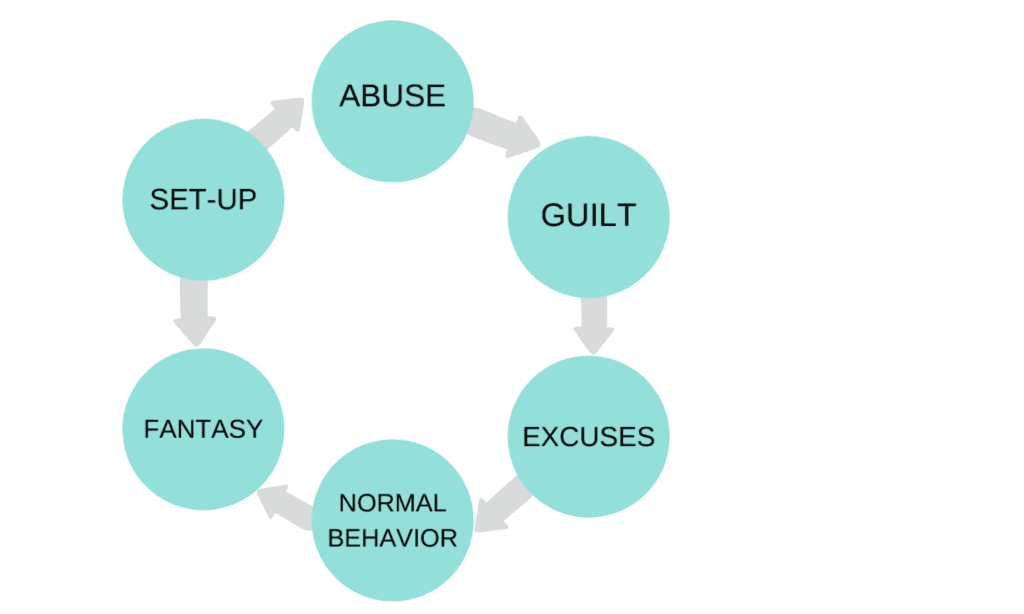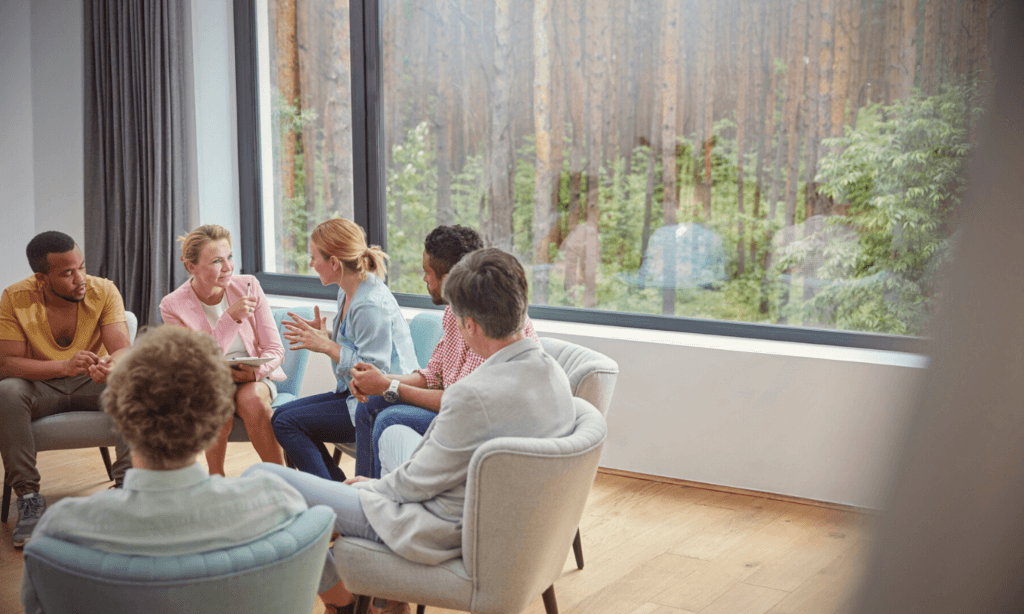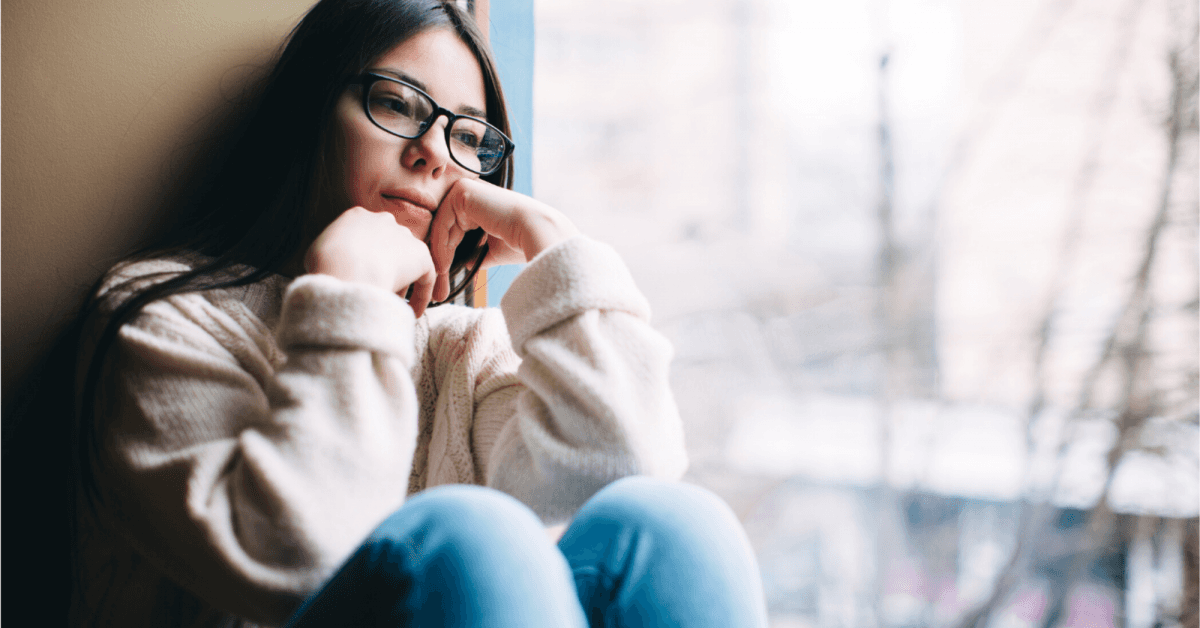As Covid-19 grew into a worldwide pandemic and as cases spiked, lockdowns began being issued. With the implementation of such restrictive living circumstances, many people were faced with the realities of having to spend the majority of time living in intimate quarters where having to experience domestic abuse was more than likely. With that being said, there has been a huge rise in occupancy seen in shelters. As people try to survive not just the virus but also life threatening situations at home, the risks and statistics are of high concern. The CDC reports about 1 in 4 women and 1 in 10 men experience intimate partner violence. The CDC also states children at high risk, reporting 1 in 7 children experience abuse. An increase in stress levels and aggression among parents show to be a big predictor resulting in physical and neglectful abuse of children. Many at risk people and youth rely on school, community, and government programs whether it’s to find their next meal, or simply survive another day away from their abusers. Because of this pandemic, resources are strained and a lot of community support systems can no longer run due to stay at home orders directly affecting those having nothing else to rely on. This pandemic will also disproportionally impact those who face gendered-based biases whether in their homes or among their communities. This widening the inequalities faced among a vast majority, those most at risk being women, children, and LGBTQ+ individuals. As resources are scarce, the National Domestic Violence Hotline supports survivors 24/7. Consider any DV/IPV programs or shelters in your area to see if they are able to assist.
People experiencing abuse:
Seem afraid or stressed around their partner
Go along with what their partner says and does
Always check-in with their partner or vice versa
Receive frequent harassing phone calls from partner
Talk about their partner being possessive, obsessive, or controlling
Signs of physical violence:
Frequent injuries, or “accidents”
Often miss occasions (school, work, social gatherings)
Tend to wear clothing (long sleeves, sunglasses, hats, scarves) to hide areas of abuse, bruising, scars
Signs of isolation:
Restricted from seeing friends and family
Rarely goes out without their partner
Limited accessibility (money, credit cards, phones, social media, transportation)
Psychological warning signs:
Low self-esteem
Personality changes or mood swings
Symptoms of being anxious, depressed, suicidal
The Cycle of Domestic Abuse

Abuse: The abusive partner lashes out on you with aggressive behavior.
Guilt: The abusive partner does not feel guilt for the abuse, but because of their worry of getting caught and facing consequences.
Excuses: The abusive partner will not take responsibility for their actions, instead they will come up with excuses for their behavior or will place fault on the abused as a form of manipulation.
“Normal” Behavior: The abusive partner will try to regain control by acting like nothing ever happened or will pretend they have or will change for the better, ensuring their place and power in the relationship.
Fantasy: The abusive partner fantasizes about repeated tendencies and abusive behaviors. They will spend time planning future abusive situations, making the fantasy a reality as they feel the abused is in the wrong.
Set-up: The abusive partner then puts their plan for abuse into action, creating a situation to justify the abuse.
Mental Health: Help During Covid-19
During these uncertain times, it is understandable to experience various stressors, feelings of fear, anxiety, depression, loneliness, and so on. This worldwide pandemic has affected the lives of many, bringing on economic, educational, and societal challenges. It’s important to know that even in this time of pandemic and social distancing, help is available. There are resources and strategies for helping others and yourself. Whether someone is accessing mental health assistance for the first time or someone is continuing treatment, these are ways to simply help just by providing emotional support, either in person or remotely.

References
“Helping During COVID-19.” Families for Depression Awareness, familyaware.org/helping-during-covid-19/?gclid=CjwKCAjwgdX4BRB_EiwAg8O8HcJuyCt5LW4WlX5rdiEUa1XFnkzT0fn10_-mLS9eq1_LV5kPkPjD0xoCu3kQAvD_BwE.
“A Double Pandemic: Domestic Violence in the Age of COVID-19.” Council on Foreign Relations, Council on Foreign Relations, www.cfr.org/in-brief/double-pandemic-domestic-violence-age-covid-19.
“Preventing Intimate Partner Violence |Violence Prevention|Injury Center|CDC.” Centers for Disease Control and Prevention, Centers for Disease Control and Prevention, 26 Feb. 2019, www.cdc.gov/violenceprevention/intimatepartnerviolence/fastfact.html.
Melinda. “Domestic Violence and Abuse.” HelpGuide.org, www.helpguide.org/articles/abuse/domestic-violence-and-abuse.htm.
“National Domestic Violence Hotline: Get Help Today: 1-800-799-7233.” The National Domestic Violence Hotline, 22 May 2020, http://www.thehotline.org/.Categories:
